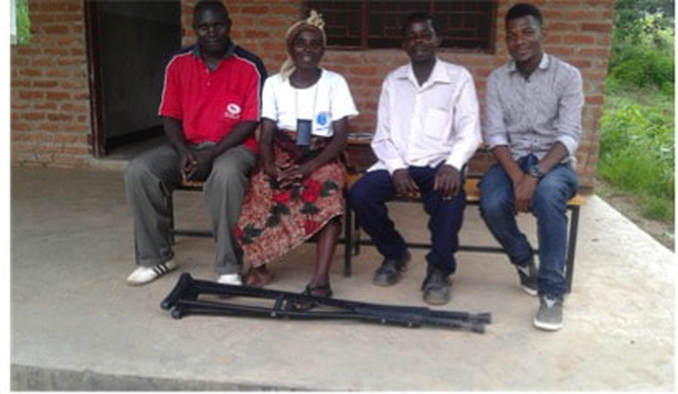Written by CorpsAfrica/Malawi Volunteer Mr. Silvester Kunkeyani
The Sustainable Development Goals (SDGs), otherwise known as the Global Goals, are a universal call to action to end poverty, protect the planet and ensure that all people enjoy peace and prosperity. Human-Centered Design (HCD), on the other hand, considers human factors—taking into account human needs, capacity, perception, and culture to design solutions in partnership with the communities that designers serve.
Over the years, most of Malawi’s development projects to date have too often overemphasized top-down approaches that ignore local conditions leading to an abundance of misplaced projects. As a result, abandoned schools, half-built wells, and empty health clinics are scattered across the developing world.
Human-Centered Design does not make assumptions about the needs and capacities of developing communities. Instead HCD stresses the need to empathize and listen, understand experiences through research, observe people and their behavior, ask communities and people the right questions, ideate on how to effectively consider these human factors when designing a solution, prototype proposed solutions, repeatedly test the effectiveness, and finally implement the solution.
This approach enables agencies to address complex human problems and visualize solutions in a way that most effectively addresses human needs. This stems from the recognition of local populations as being more active in the development process, rather than simply passive recipients of benefits.
An HCD approach also helps agencies become more accountable and credible to the communities by incorporating a participatory, bottom-up process that gives community members a central voice and role in how they achieve their own growth. In my opinion, this is the basis for successful and sustainable development. Without such approaches, the world may never achieve the SDGs, let alone partial progress within the next 15 years. These attempts are not always successful, but they do indicate the increasing recognition of the important role of local populations in rural development and poverty alleviation.
Participatory approaches can directly address marginalization and powerlessness that underpin development and are more effective than professional-led services. All communities have assets that can contribute to the positive development and wellbeing of its members, including the skills, knowledge, social competence and commitment of individual community members’ friendships, inter-generational solidarity, community cohesion, and neighborliness.
HCD problem-solving that addresses the actual needs of communities may seem intuitive, but they are often not included in international development efforts. Across the developing world, beneficiaries are often the last people to be consulted about efforts that are meant to affect their lives. As nations work to eliminate extreme poverty and increase prosperity, they should rely on an HCD approach as the key to achieving the SDGs.

